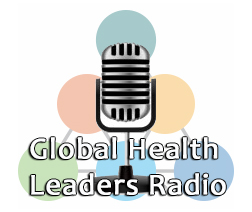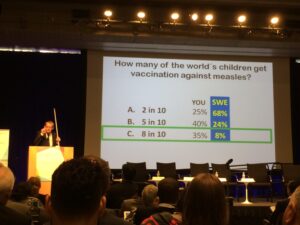In Global Health, What Gets Monitored Gets Done
The following post is part of the Effective Health Systems Strengthening Series
If you’re working in global health, I’m sure you want to make a difference. In order to make a difference you need to learn how to measure and evaluate your efforts. Only then can you have clarity on exactly how you’ve contributed to addressing a disease, developing a new program, creating a new service, or expanding services. Only then can you show governments and donors your results and get the increased funding you need to do even more.
For years I’ve been training global health professionals on how to make Monitoring and Evaluation (M&E) part of their work and how to use new simple M&E tools that make measuring the progress of our global heath work easier. One of the first things you need to do is get clear on your target, that is, what to monitor, because what gets monitored gets done.
Focus is essential when setting a new M&E target. Examples of a target to monitor would include the use of mosquito nets to prevent malaria transmission, the use of condoms and HIV prevention, improving antenatal care or child immunization. Setting clear targets will help everyone know what healthy lifestyle will be promoted and monitored.
Next, I encourage you to “Shrink the Target” to avoid the overwhelming and paralyzing effect of trying to achieve and measure too much. For instance, instead of trying to promote “Respect” at your health clinic, try to set the more specific target of having everyone “Smile at and Greet” each patient. Another example would be regarding immunization – let’s say you want more of the children in your region to be fully immunized within the year. What percentage of children would you like to reach? Then think about how many children need to be vaccinated per month, per week, per day in order to achieve that target. You shrink your target down to set a daily target of children to be immunized. That target is much easier to monitor!
Setting small targets, that everyone can achieve, helps create an M&E culture across a program or organization. So part of setting the target should include who is going to achieve this target. You also want to establish who is going to be accountable for reporting the data and how often. This promotes accountability and goes along way towards working as a team to realize global health.
If you are interested in learning additional strategies to manage your public health or development program or project, RGH is providing a Measure and Get Results Program that begins January 30th. This program equips you with a complete system to M&E so you can start to succeed every day and build long-term, sustainable success!
Stay in touch with RGH through our weekly email updates, or our weekly video. Click below to sign up:


